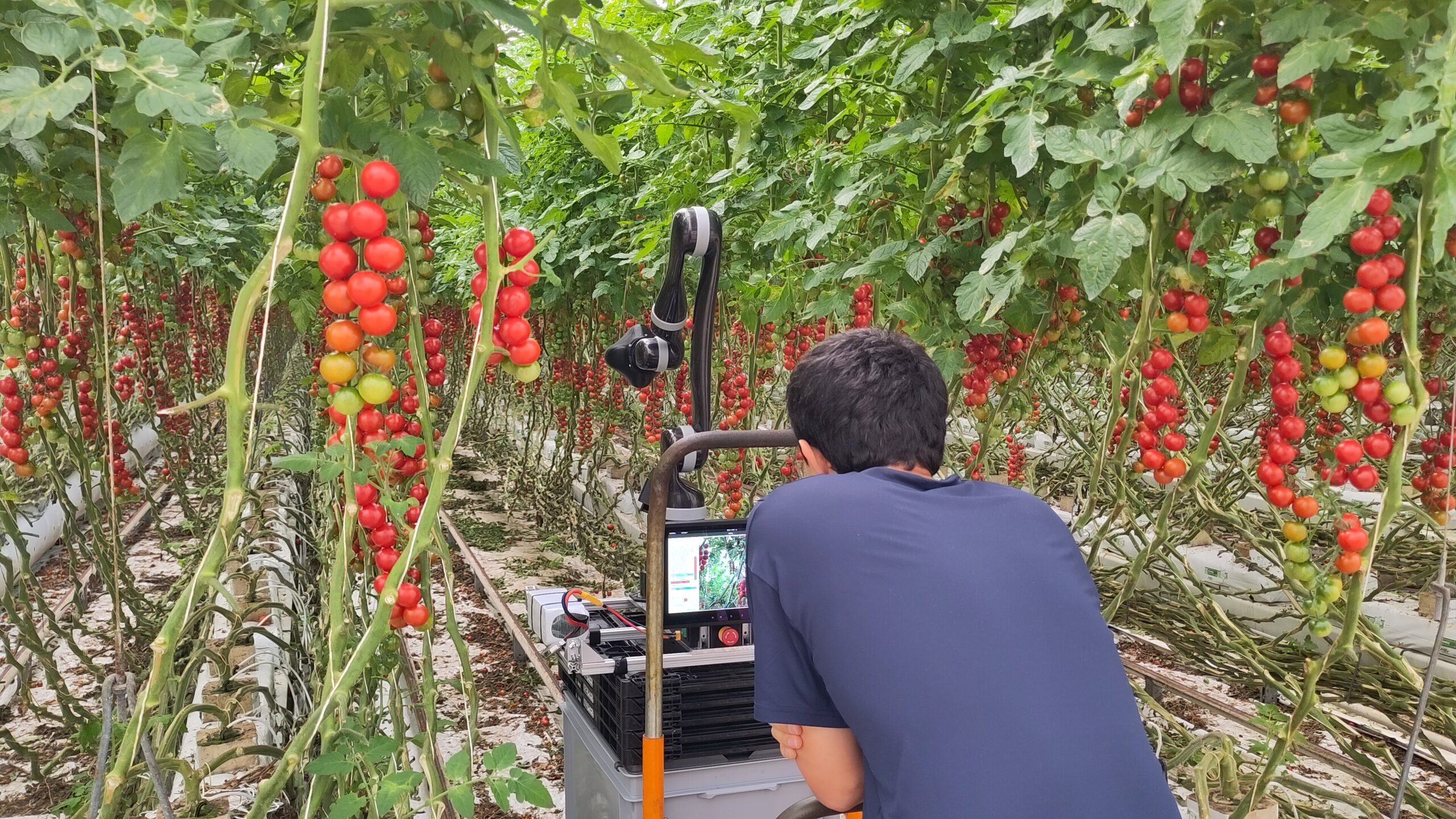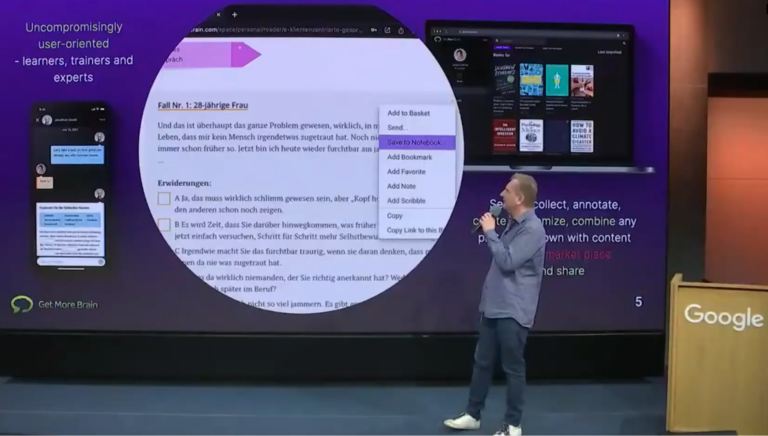Swiss-based FRENIC helps businesses go-to-market or design technology solutions that last and outperfom.
Horticulture has been greatly industrialised over centuries but it remains surprisingly labour intensive, contributing to about 25% of total production costs. Labour demand is seasonal, so shortages highly impact the price and output of the harvest. The work is not only repetitive but also discomforting – especially when done at humidity levels of 80% in greenhouses. Vertical farming also tends to further limit the applicability of human labour.
Needless to say that there is great demand for more automation.
Note: A German version of this article can be found on it-inside.ch.
Cost Savings & Higher Reliability
One startup eager to become the champion in this field is “Floating Robotics”: Salman Faraji from the ETH Robotic Systems Lab (RSL) and his team have developed a robot that is capable of de-leaving, harvesting and boxing tomatoes which alone make about 25% of labour costs, or roughly 6% of total production costs.
But that’s not all according to Salman, CEO of Floating Robotics: “When we add lowering and clipping, we can get to around 60%. If we then also add 24/7 operations, a single robot can substitute about 3.5 workers in 1.5 hectares”. In such a scenario, harvest would be made during the day as it requires marginal human interventions to change carts but de-leaving and other fully-automated tasks would be done during the night. Using robots not only cuts costs but also greatly reduces dependencies from labour shortages, wage and labour law changes, and results in overall better predictable harvests.
Precision in Visual Recognition
For now, Floating Robotics focuses on greenhouse-grown plants and therein on tomatoes – although the original robot was tested in vineyards. Harvesting tomatoes with the robot on the move and in difficult lighting situations isn’t trivial, especially since the robot needs to distinguish between tomato peduncles and other thin objects such as stems, ropes, wires or watering pipes. Detecting these objects gives the robot a geometrical understanding of structures in vertical farming. When de-leaving, the robot should optimise light exposure for the tomatoes and not incidentally cut the trunk. And all activities need to be executed fast.

Floating Robot has a 95% precision target which is achieved via stereo vision and their proprietary AI software that’s trained to detect and identify thin objects fast and accurately – something that was much more difficult than originally anticipated. Once the tomato peduncles are cut without touching the fruit, the robot places it via a patent-pending interface into boxes on a harvest cart which is fully compatible with standard gear.
Relatively Little Competition
According to Salman, all this sets Floating Robotics apart from other competitors such as Metomotion which also focus on harvesting but don’t support existing boxing standards. Floating Robotics also provides de-leaving and aims to add string-clipping and lowering over the next few years which both are tedious labour-intensive tasks. From tomato, Floating Robotics shall also be used for other fruits such as cucumbers, pepper or aubergines while e.g. Strawberries won’t be addressed for now as there already is a good amount of robot competition via Dogtooth or Tortuga AgTech.

Floating Robotics intends to develop their business in extended-season products such as tomatoes, cucumbers, aubergines and strawberries which constitutes a SAM of roughly USD 7 Bn. Within this market, they currently focus on tomatoes which alone is a SOM of 110 M. In order to do so, they will need to complete their pilot projects in 2023 and get a robust MVP product that hits the Swiss home market. Then, they will have to scale up robot manufacturing for direct or indirect supply to target markets where large greenhouse producers are found and wages are comparingly high, such as in The Netherlands, Canada, USA and Germany.
Interesting Business Projections
The robots shall be installed for a one-time fee and then leased to farmers for about 60% of total local annual labour costs. For Switzerland this translates somewhere into CHF 70k every year, with all maintenance included in the fee. If all goes as planned, they should see a good positive EBITDA-margin by 2026 with little more than 100 units sold on aggregate.
Personally, I was surprised how little robotic solutions exist for greenhouse farming. Floating Robotics seems to address a well-sized market with a relatively easy solution based on off-the-shelf hardware components with a proprietary edge in software and certain HW interfaces. The financial projections look very interesting too – something which by default triggers strong reservations in me. But I must admit that numbers added up and look pretty feasible. My biggest concern is that robots go crazy and don’t reliably perform as per the KPI, or that a strong contender is hiding out for making an appearance on stage soon (such as potentially Certhon)…

On the way to a success story, another few millions in cash need be injected. Up until now, research and development of roughly a million Swiss Francs was financed via grants from various donors – Innosuisse ranking as usual highest. There also is a good deal in sight with a major new shareholder but money would run through ETH which makes many things much more complex. Salman and team have secured additional grants but are now looking into investors for a pre-seed round sized at CHF 560k.
This article is a repost of a piece published in German on Swiss ICT news platform inside-IT on 30-Mar-2023. The content of this article reflects Ramon’s personal opinion and shall not be construed as investment advice.



